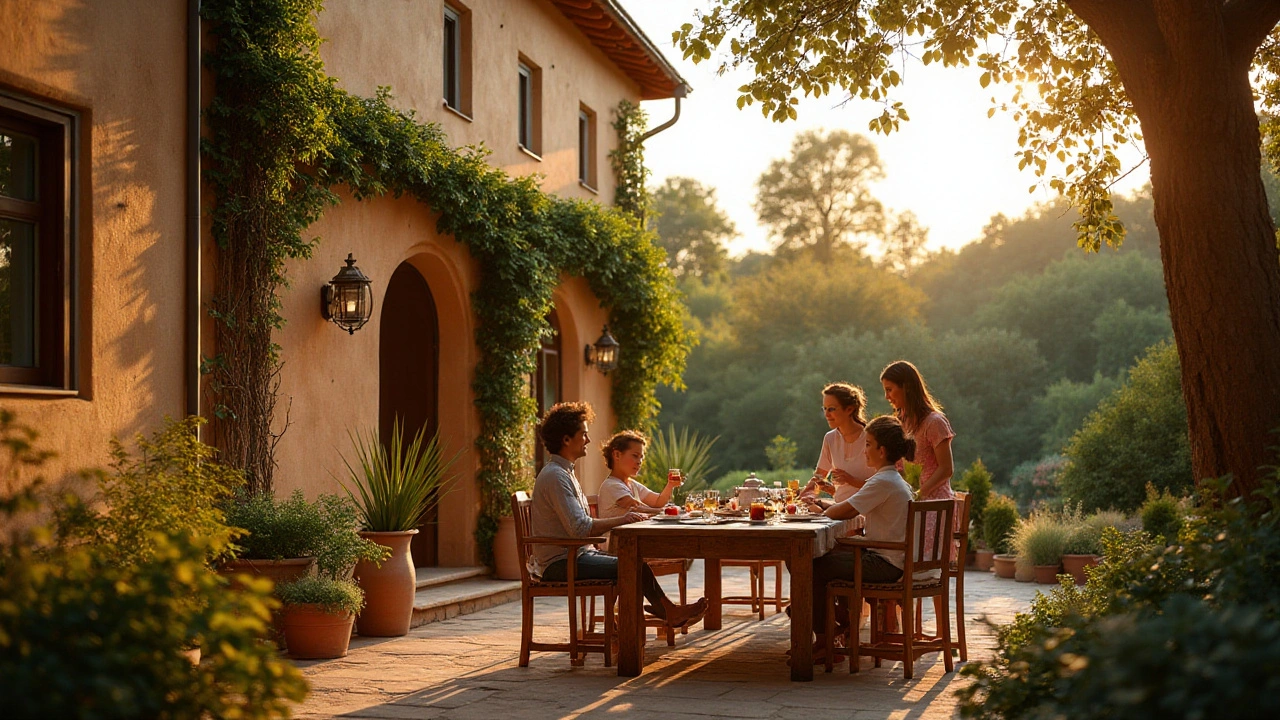Design Tips: Practical Ideas for Homes, Rooms, and Buildings
Good design starts with purpose. Before picking colors or buying furniture, ask what the space must do. Do you need a quiet home office, a social kitchen, or a bright reading nook? Define the main function first and let choices follow. That keeps decisions simple and stops impulse buys.
Think about flow. People move through spaces more than they stand still. Make pathways clear, avoid blocking sightlines, and place seating where conversation happens naturally. Even a narrow hallway feels larger when you keep furniture off the route and add a focal point at the end, like a plant or artwork.
Pick a simple palette. Choose two main colors and one accent. That rule works for rooms and buildings. A restrained palette makes a place feel calm and cohesive. Use texture and materials to add interest — wood grain, tile patterns, and metal finishes make a simple palette look rich without clutter.
Light is the secret. Natural light boosts mood and shows true colors. If windows are limited, layer lighting: ambient lights for general use, task lights where you read or cook, and accent lights to highlight art or architectural details. Dimmable fixtures let you change the room’s mood fast.
Scale matters more than style. A tiny couch in a big room looks lost; an oversized rug can make small space feel cramped. Measure before you buy. Mock up layouts with tape on the floor or a simple app to check proportions. Fit matters for comfort and for how a room feels.
Mix old and new with a plan. Combining a vintage chair with a modern table works when you repeat a material or color. That repeat creates a visual link. Pick one unifying element — a brass finish, a dark wood tone, or a curved shape — and echo it in two or three places.
Embrace limits. Minimalism isn’t about empty rooms; it’s about choosing fewer, better things. Edit regularly: if an item hasn’t been used or loved in a year, consider passing it on. Limited pieces reduce visual noise and make the ones you keep stand out.
Be mindful with patterns. Patterns add personality but too many fight for attention. Limit patterns to one or two scales: a large rug pattern plus small throw pillows, for example. Match scale to room size — big patterns suit large rooms.
Highlight architecture. Old moldings, exposed beams, or a simple arch are design gold. Show these features instead of covering them up. Paint choices can either make features pop or disappear; test samples on the actual walls before committing.
Think long term. Choose durable materials for high-use areas: washable paints in hallways, tight-weave fabrics for sofas, and water-resistant flooring in kitchens. Spending a bit more now saves time and money later.
Finally, test before you buy. Swatches, taped layouts, and temporary setups help you avoid costly mistakes. Design should make life easier — pick solutions that feel right for your daily routine today.

Renaissance Revival Architecture: The Epitome of Luxury
Renaissance Revival Architecture isn't just about grand looks—it's all about comfort wrapped in luxury and historic style. This article breaks down key features, why people still love it, and how you can get the look at home. You'll pick up facts that surprise most architecture fans and learn simple ways to give your space a bit of Renaissance magic without needing a massive budget. From famous buildings to insider restoration tips, it's your down-to-earth guide to blending the past with modern life. If you've ever wondered what really makes a home feel timeless, this one's for you.
Read more
Mediterranean Revival Architecture: Unraveling Its Timeless Appeal
Mediterranean Revival Architecture is a style that draws inspiration from the charm and elegance of Mediterranean countries. This article explores its historical roots, key design elements, and practical tips for incorporating its timeless appeal into modern homes. Discover how the blend of stucco walls, red-tiled roofs, and arched windows create a cozy yet sophisticated ambiance. Learn about the cultural influences that shape this style and why it remains popular today.
Read more
Bringing Back the Majesty of Byzantine Architecture
Exploring the magnificent world of Byzantine architecture, this article delves into the history, unique elements, and techniques for reviving these ancient designs. Filled with interesting facts and practical tips, this piece aims to offer a comprehensive look at how to preserve and reinterpret the glory of Byzantine buildings in modern architecture.
Read more